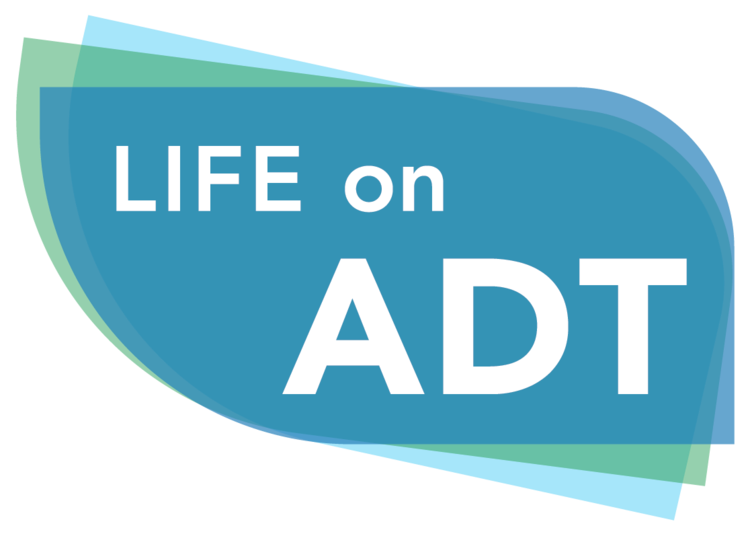ADT is the first line medical treatment for prostate cancer, but the drugs used for ADT have many adverse effects. Failure to start ADT in a timely fashion can hasten disease progression, but overtreatment can burden patients with unnecessary and potentially dangerous side effects. Against this background, guidelines have been set up to help patients and their doctors decide when to start ADT.
Sweden supposedly follows European Association of Urology (EAU) guidelines for when to start men on ADT after they have had a prostatectomy. Those guidelines do not recommend starting ADT unless the man has a PSA doubling time (PSADT) of ≤ 12 months, and/or a Gleason score > 8.
So, do Swedish physicians follow those guidelines?
To answer this question researchers in Sweden examined data from a national database of men who have had prostatectomies. The researchers compared data from 114 men who received ADT versus 1140 men who did not receive ADT.
Results: 59% of the men who started on ADT were appropriately treated according to the EAU guidelines, but 37% of the men were started on ADT prematurely according to those same guidelines. Undertreatment was much less common; just 2 men out of a hundred didn’t receive ADT even though they met the EAU guidelines for starting ADT.
As a cautionary note, these results do not necessarily apply to other countries. In Sweden the most common form of ADT is high dose anti-androgen monotherapy with bicalutamide (Casodex). First line ADT in North America is more commonly with LHRH agonists, like Lupron and Zoladex, which have more intense side effects. It is important for each physician and patient to consider risks and benefits when making decisions about starting ADT.
To read the full article, see: https://www.tandfonline.com/doi/full/10.1080/21681805.2020.1750475
Lycken, M., Drevin, L., Garmo, H., Larsson, A., Andren, O., Holmberg, L., & Bill-Axelson, A. (2020). Adherence to guidelines for androgen deprivation therapy after radical prostatectomy: Swedish population-based study. Scandinavian Journal of Urology. Epub ahead of print.
